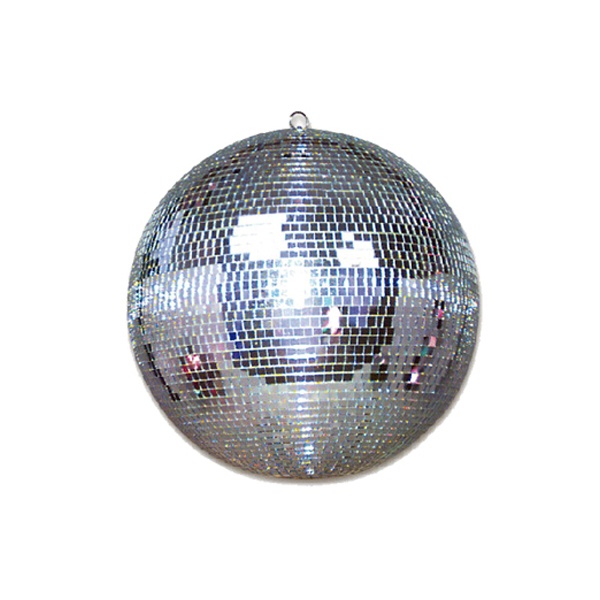
Antiferroelectricity is a physical property of certain materials. It is closely related to ferroelectricity; the relation between antiferroelectricity and ferroelectricity is analogous to the relation between antiferromagnetism and ferromagnetism.
An antiferroelectric material consists of an ordered (crystalline) array of electric dipoles (from the ions and electrons in the material), but with adjacent dipoles oriented in opposite (antiparallel) directions (the dipoles of each orientation form interpenetrating sublattices, loosely analogous to a checkerboardpattern).[1][2] This can be contrasted with a ferroelectric, in which the dipoles all point in the same direction.
In an antiferroelectric, unlike a ferroelectric, the total, macroscopic spontaneous polarization is zero, since the adjacent dipoles cancel each other out.
Antiferroelectricity is a property of a material, and it can appear or disappear (more generally, strengthen or weaken) depending on temperature, pressure, external electric field, growth method, and other parameters. In particular, at a high enough temperature, antiferroelectricity disappears; this temperature is known as the Néel point or Curie point.
References[edit]
- ^ Compendium of chemical terminology - Gold Book (PDF). International Union of Pure and Applied Chemistry. 2014. Archived from the original (PDF) on 2016-09-13. Retrieved 2012-10-01.
- ^ Charles Kittel (1951). "Theory of Antiferroelectric Crystals". Phys. Rev. 82 (5): 729–732. Bibcode:1951PhRv...82..729K. doi:10.1103/PhysRev.82.729.
- Electric and magnetic fields in matter
- Magnetic ordering
- Electrical phenomena
- Phases of matter
- Materials stubs
https://en.wikipedia.org/wiki/Antiferroelectricity
No comments:
Post a Comment